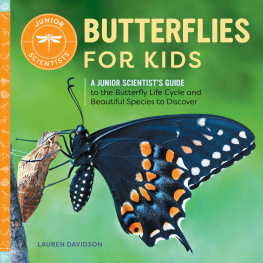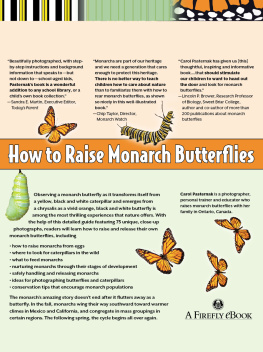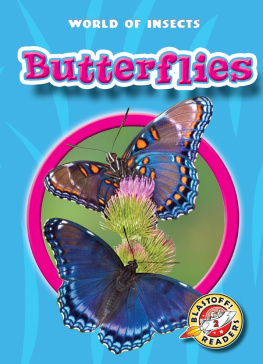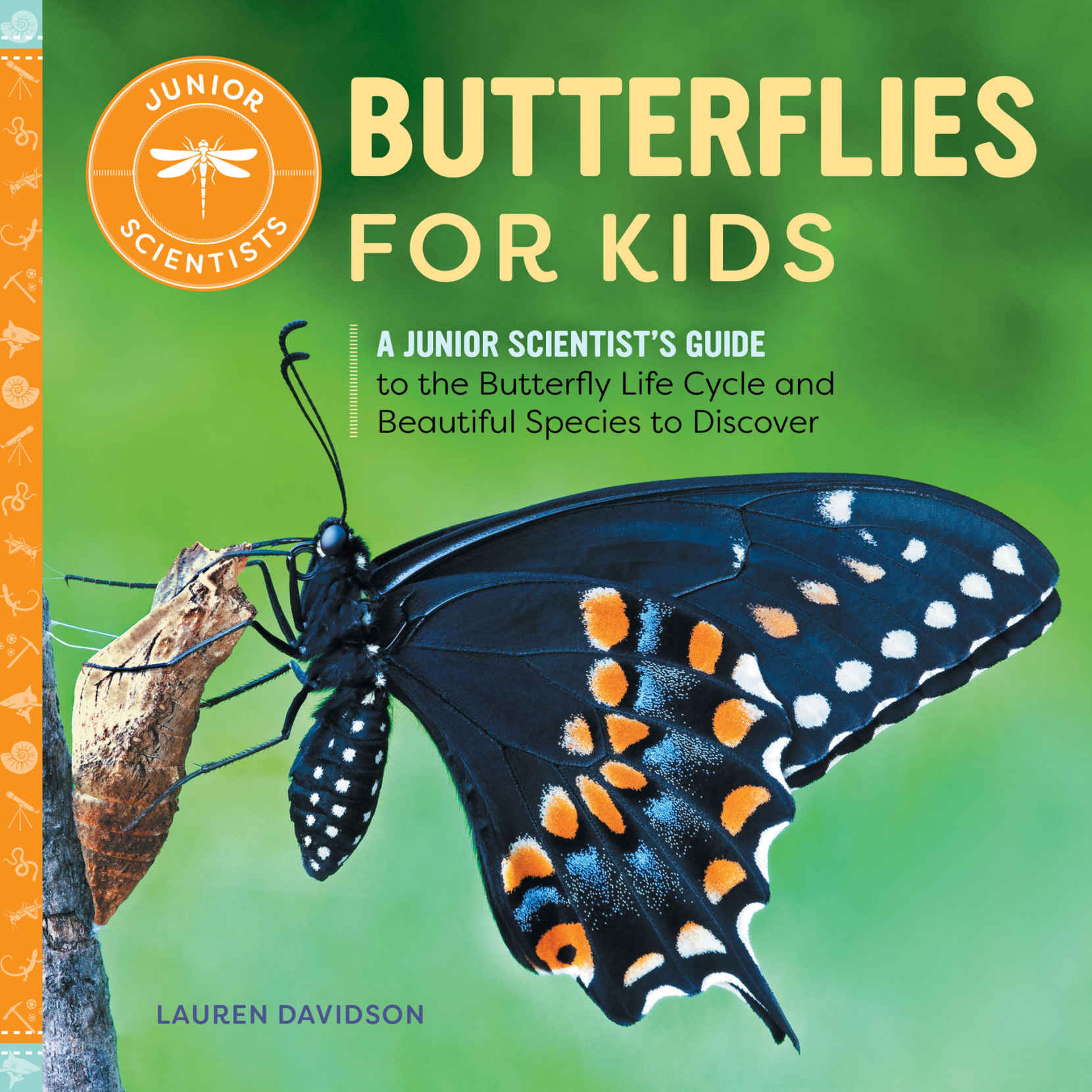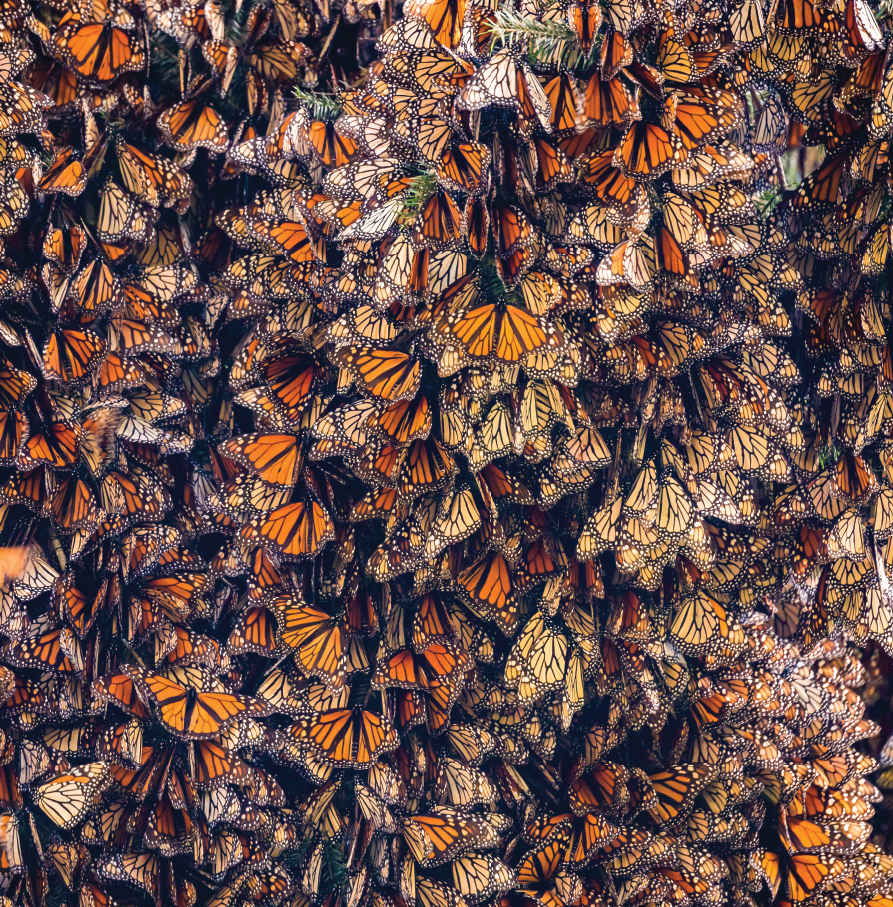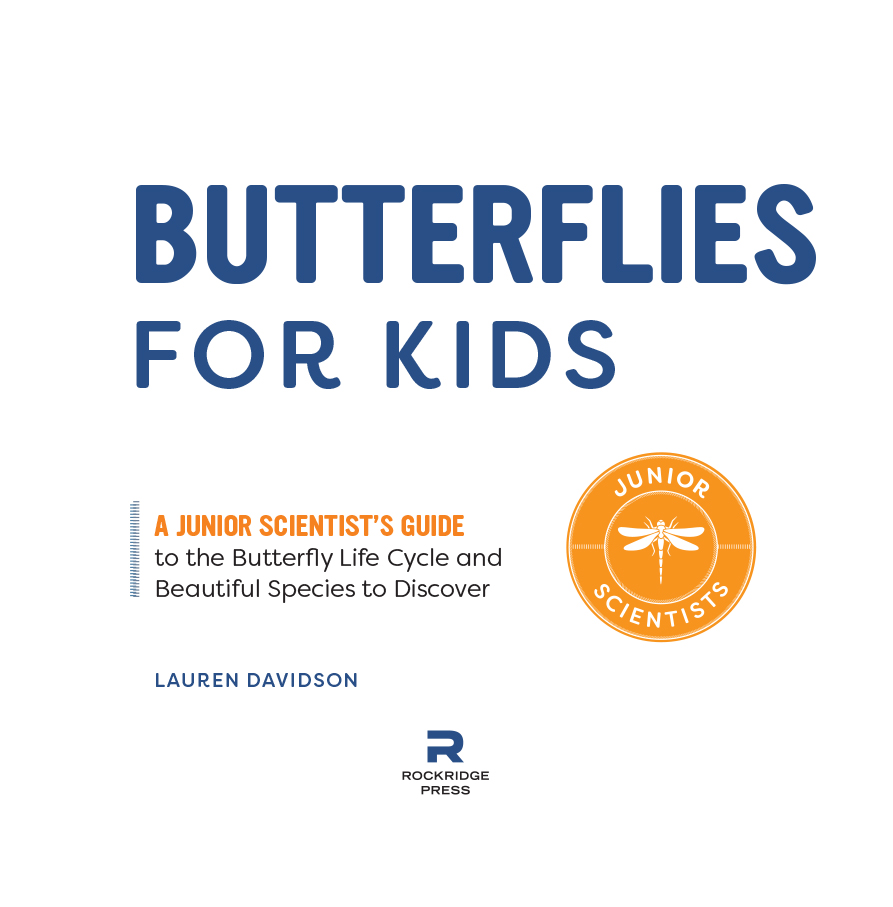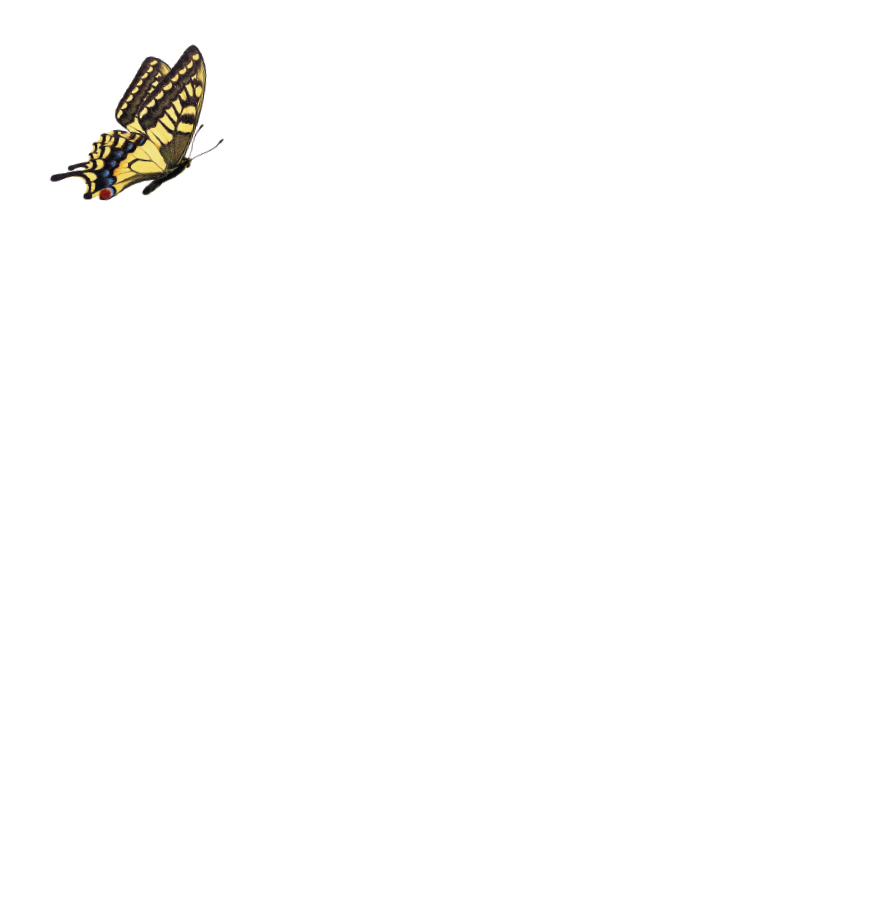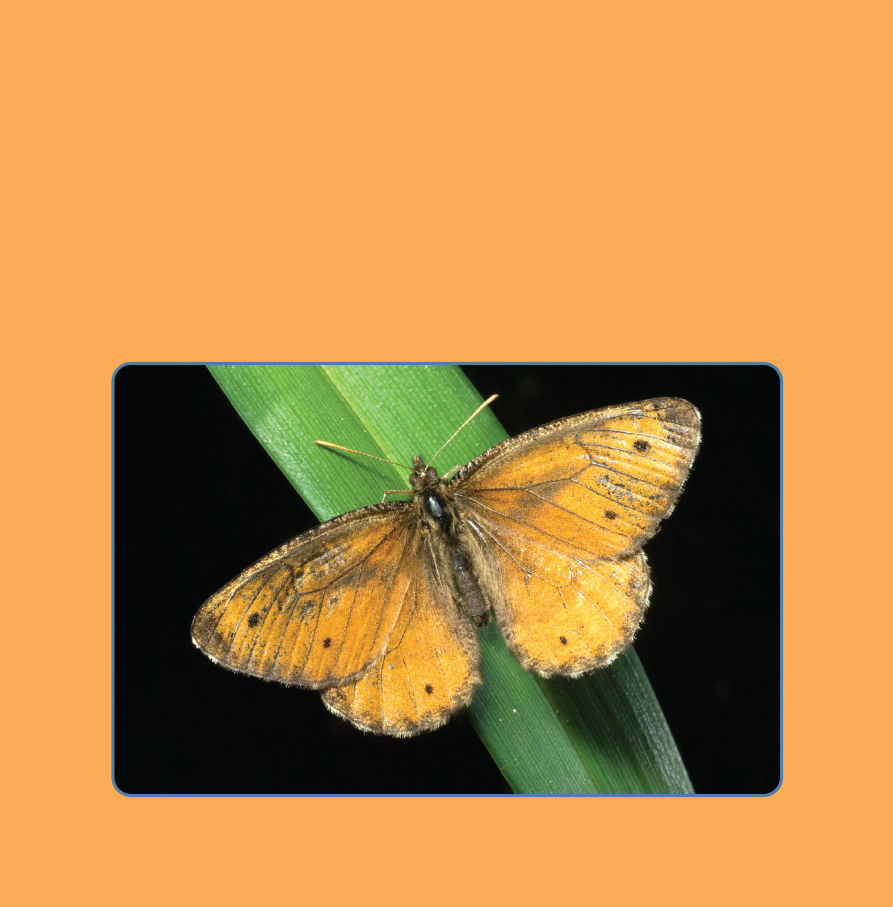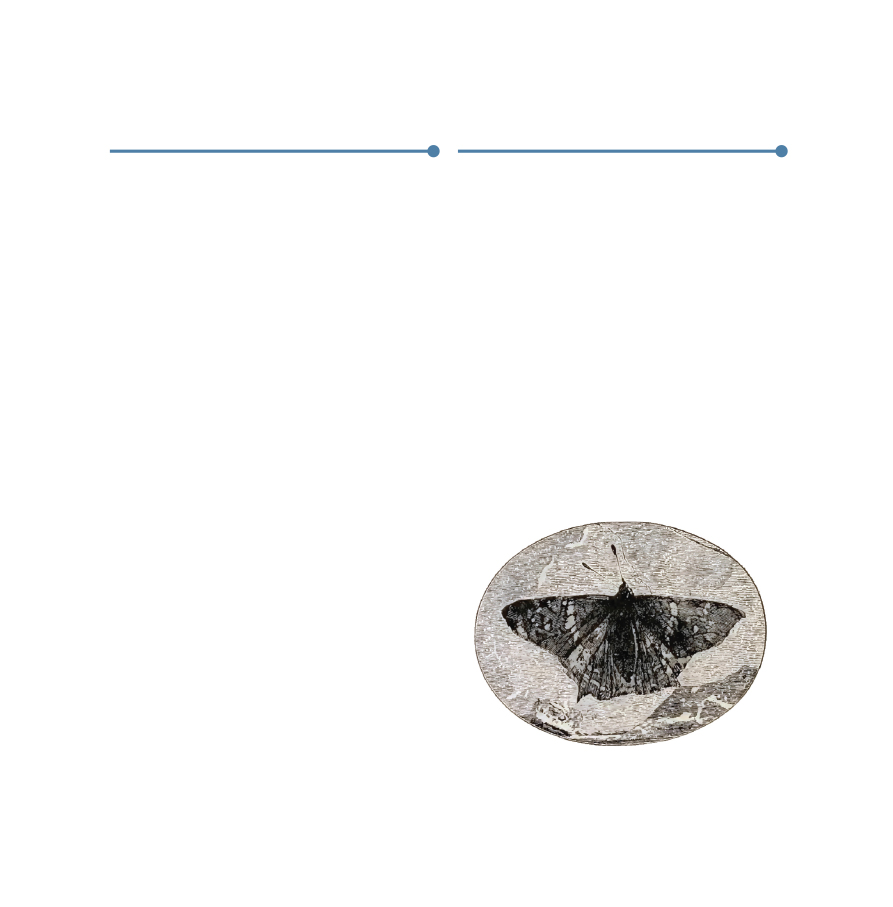Copyright 2021 by Rockridge Press, Emeryville, California
No part of this publication may be reproduced, stored in
a retrieval system, or transmitted in any form or by any
means, electronic, mechanical, photocopying, recording,
scanning, or otherwise, except as permitted under
Sections 107 or 108 of the 1976 United States Copyright
Act, without the prior written permission of the Publisher.
Requests to the Publisher for permission should be
addressed to the Permissions Department, Rockridge Press,
6005 Shellmound Street, Suite 175, Emeryville, CA 94608.
Limit of Liability/Disclaimer of Warranty: The Publisher and
the author make no representations or warranties with
respect to the accuracy or completeness of the contents of
this work and specifically disclaim all warranties, including
without limitation warranties of fitness for a particular
purpose. No warranty may be created or extended by
sales or promotional materials. The advice and strategies
contained herein may not be suitable for every situation.
This work is sold with the understanding that the Pub-
lisher is not engaged in rendering medical, legal, or other
professional advice or services. If professional assistance is
required, the services of a competent professional person
should be sought. Neither the Publisher nor the author
shall be liable for damages arising herefrom. The fact that
an individual, organization, or website is referred to in this
work as a citation and/or potential source of further infor-
mation does not mean that the author or the Publisher
endorses the information the individual, organization, or
website may provide or recommendations they/it may
make. Further, readers should be aware that websites
listed in this work may have changed or disappeared
between when this work was written and when it is read.
For general information on our other products and
services or to obtain technical support, please contact
our Customer Care Department within the United States
at (866) 744-2665, or outside the United States at
(510) 253-0500.
Rockridge Press publishes its books in a variety of electronic
and print formats. Some content that appears in print may
not be available in electronic books, and vice versa.
TRADEMARKS: Rockridge Press and the Rockridge Press
logo are trademarks or registered trademarks of Callisto
Media Inc. and/or its affiliates, in the United States and
other countries, and may not be used without written
permission. All other trademarks are the property of their
respective owners. Rockridge Press is not associated with
any product or vendor mentioned in this book.
Interior and Designer: John Calmeyer
Art Producer: Samantha Ulban
Editor: Annie Choi
Production Editor: Ruth Sakata Corley
Illustrations 2020 Kate Francis. All Photography used
under copyright Alamy and Shutterstock.
Author Photo Courtesy of Mackenzie Goodman.
ISBN: Print 978-1-64739-884-2 | eBook 978-1-64739-578-0
R1
CONTENTS
BUTTERFLIES UP CLOSE
(CONTINUED)
WELCOME, JUNIOR SCIENTIST!
Have you ever watched butterflies and wanted to know more about them? Perhaps
youve wondered if they sleep at night. Why do some butterflies have colorful
wings but others look plainer? And how exactly do chubby caterpillars transform
into beautiful, graceful butterflies? If you have thought about these things, you are
a junior scientist!
In this book, you will learn about these fascinating insects. You will discover
how caterpillars grow, what happens inside a chrysalis, and how butterflies find
mates. You will explore unusual butterfly behaviors like basking and puddling.
Finally, you will get up close and personal with some of the most amazing butterfly
species you may see in your own backyard.
Do you have a butterfly growing kit? Great! This book will also show you what to
look for as your caterpillars grow and turn into butterflies.
PART ONE
AMAZING
BUTTERFLIES
With their bright colors and pretty
wings, butterflies are well loved.
Did you know there are more than
17,000 known butterfly
species
on Earth? Each has its own
adaptations
, or ways of surviving
in its habitat. Scientists think there
are still thousands of species waiting
to be discovered.
Butterflies can be found all over
the world except Antarctica. This
is because they have
evolved
over
millions of year to live in many
environments. But you dont have
to travel far to find butterflies; you
can easily find them in parks, forests,
and even your own backyard!
Depending on where you live in
North America, you can probably
find 100 or more species near your
home. Grab a notebook and pencil
and ask if you can go outside. If
you find a butterfly, take notes and
sketch it in your book. Someday you
might even be a
lepidopterist
, or
butterfly scientist!
The Arctic butterfly can survive
in freezing temperatures.
What Is a Butterfly?
Butterflies are
insects
. Insects are
invertebrates
with no bones and a
tough outer shell called an exoskele-

